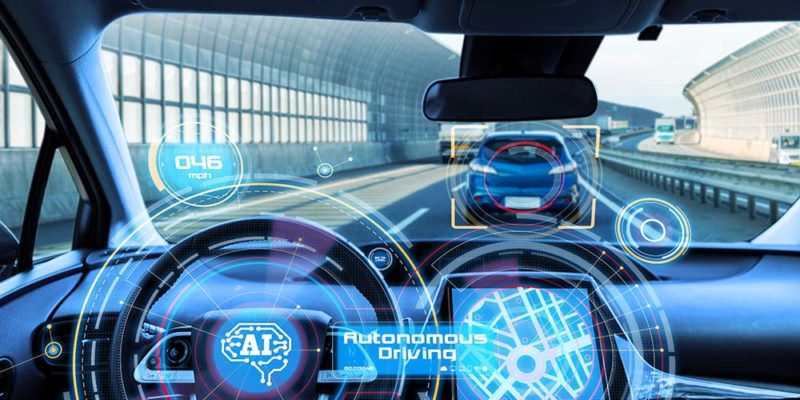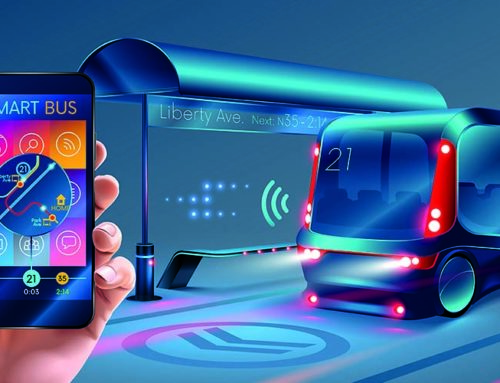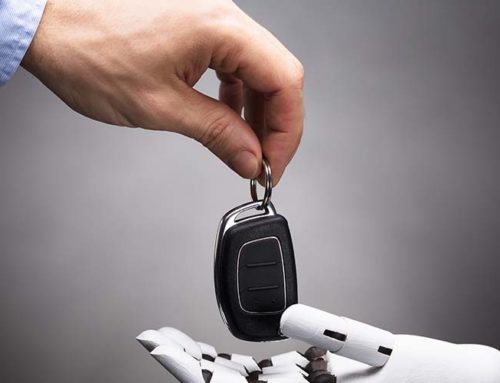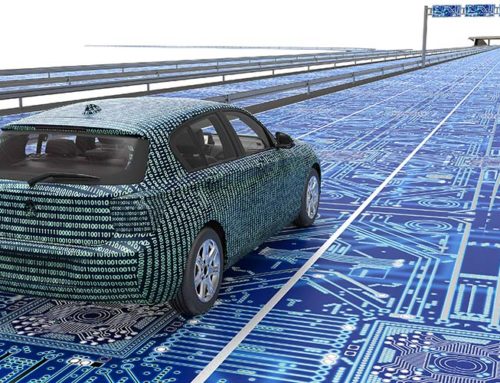“Smart transportation” refers to the integrated utilization of modern technologies and management strategies in transit systems. The purpose behind these technologies is to produce innovative services that enhance various modes of transport and traffic management.
Connected transport systems will utilize wireless communication to “talk” to traffic signals and other types of infrastructure. This, in turn, helps individuals to be more informed and to make safer and smarter choices related to transportation.
Within the six levels of autonomous driving, it is the cars with interactive advanced driver-assistance systems (ADASs) as well as cooperative intelligent transport systems (C-ITS) that can be considered as connected. To learn more, keep reading to find out why connected transport systems make sense.
1. It helps to improve the transportation experience.
ITS technology allows drivers to utilize a navigation system that finds them the best route based on real-time conditions as well as alerts them of potentially hazardous situations in time to avoid crashes. Therefore, these connected vehicle mobility applications enable individuals to make smart decisions that decrease travel delay. Also, drivers can be provided with real-time traffic and weather reports and be guided to an empty parking space by a smart sign.
Drivers can also have an easier time managing their fuel consumption. In addition, connected vehicle environmental applications will give drivers the real-time information that they require to make “green” transportation choices.
Furthermore, connected transport systems mean that traffic can be rerouted in response to road conditions or weather emergencies. Plus, speed limits can be adjusted based on real-world situations.
Signals in cars will provide vast data about how, when, and where vehicles travel — data that can be scrutinized by transportation managers to assist in making roads safer and less congested. In other words, the development and utilization of ITS technologies enable drivers to have a better experience with the transportation network, while also paving the way for the further development of smart infrastructure.
2. It makes public transportation more convenient and reliable.
Both for the environment (a mobility solution that is more sustainable for everyone) and the improvement of day-to-day occurrences, it is essential for public transportation to become a regular part of more individuals’ lives. Connected transport systems make public transit far more convenient and reliable as individuals can,for example, get on a bus that turns traffic lights green on the approach.
Additionally, these systems allow operators to detect and respond quickly to traffic incidents and improve freight tracking, inspection, safety, and efficiency. In a similar vein, these make it far easier for the relevant parties to monitor the structural integrity of bridges and other infrastructure. When put together, it is easy to see how connected transport systems have the potential to make all types of transportation more convenient, reliable, and safer.
3. It increases safety on the roads.
One of the main reasons connected transport systems make sense has to do with safety. The development of this type of communication technology has the potential to significantly decrease traffic collisions and improve traffic congestion by transferring primary safety information (location, speed, and direction) among vehicles within range of each other.
Vehicle-to-Vehicle (V2V) and Vehicle-to-Infrastructure (V2I) communications are connected-vehicle safety applications that are specifically designed to improve situation awareness and alleviate traffic accidents.
Furthermore, connected transport systems can enhance active safety features, such as disaster warning and blind-spot exposure. In other words, connected vehicle technologies will provide all drivers with the necessary means to forecast potential accidents. This will significantly reduce the number of lives lost each year.
4. It is fundamental to the development of automated driving.
For automated driving to become a widespread transportation option, connected vehicle technologies first need to become the norm. This is because connected vehicle technologies are a fundamental component of automated driving as they facilitate the transfer of sensor and awareness data among vehicles, cooperative localization, and map updating. What’s more, they also aid cooperative maneuvers between automated cars.
And when it comes to self-driving cars, there are plenty of reasons why this technology makes sense. They reduce environmental impact as they are being designed to run on partial or fully electrical systems, instead of needing fossil fuels and other toxic gases. Furthermore, they are predicted to reduce the number of traffic-related accidents dramatically.
As driver distraction is one of the leading causes of road accidents globally, having cars that don’t need a focused driver will be a transformative shift. Instead, all the car’s passengers can sit back and relax, get some work done, or read a book.To learn more about this topic, consider attending the Dubai World Congress for Self-Driving Transport. This event is bringing together specialists in the area of self-driving technology to improve and expedite the adoption of self-driving technology both globally and in the United Arab Emirates. Whether you want to participate in the conversation, or just want to know more about the benefits of connected transport systems, reach out to speak with the SD Congress today.
Congress
A global 2-day conference that will raise public awareness of modern and future transport by identifying the impact of technology on investments and transport strategies.
Exhibition
A cutting-edge exhibition showcasing the future of self-driving vehicles. The Dubai World Congress for Self-Driving Transport Exhibition is the essential place to attain key decision makers’ attention, and to meet your target audience.
Challenge
The first-of-its kind, multi-year international challenge designed for industry leaders, start-ups, and academia tackling the transport challenges faced by global cities.







